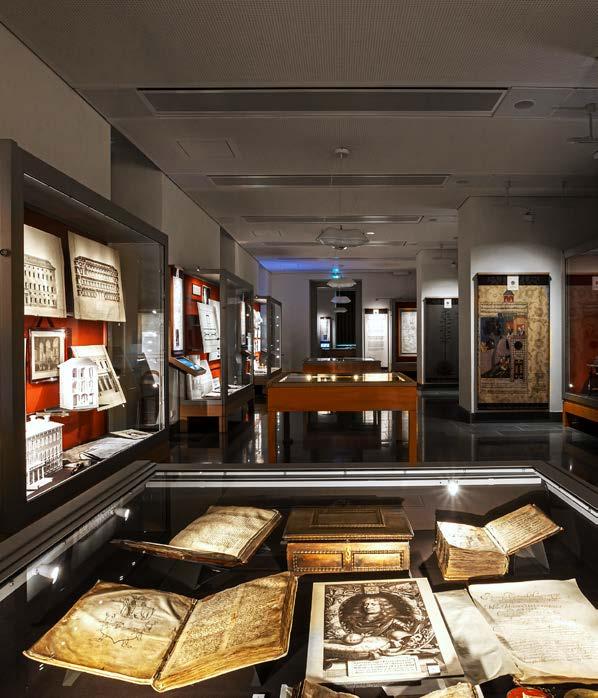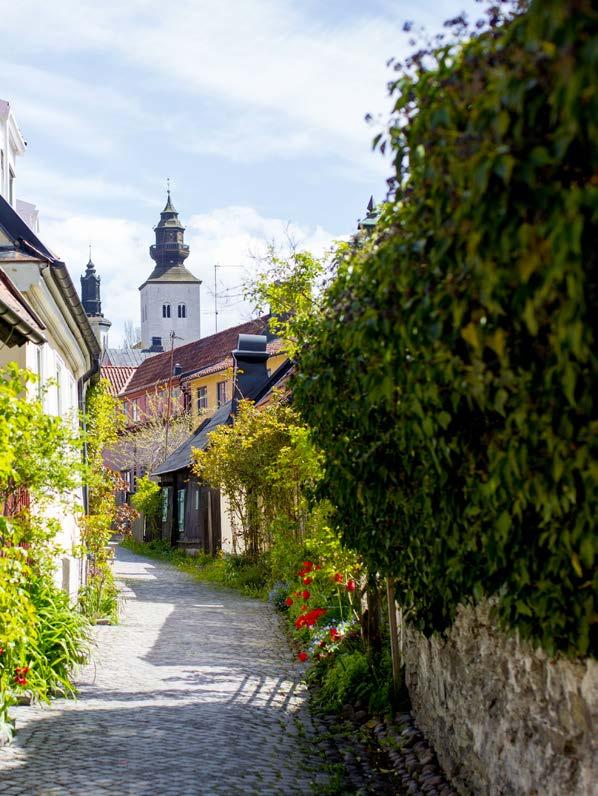
1 minute read
Image: Art cabinet in safe keeping
Art cabinet in safe keeping
The Augsburg Art Cabinet, which arrived in Sweden in 1633, is the University’s most highly valued art object. When Uppsala University Museum Gustavianum began its renovation in November 2019, the famous cabinet was dismantled, packed up and placed in safe keeping.
The various pieces of the cabinet are being stored in a secret location while the renovation is ongoing. It is expected that the
The Art Cabinet holds about 1000 different pieces.
Augsburg Art Cabinet will be back at Gustavianum in 2022.
The cabinet was a gift to King Gustav II Adolf from the free city of Augsburg in Germany. The art cabinet contains some 1,000 artefacts, including a birdcage, a strip of human skin, board games of various kinds and a mummified claw.
Art manager Mattias Terras (in the foreground) and curator Anna Hamberg.
A wealth of knowledge for all
For four centuries, Uppsala University Library has played a central role in disseminating knowledge, within both the University and society at large. The library’s collections contain everything from thousand-year-old manuscripts, early printed works and images to scientific publications.
These cultural treasures are an enormous boon for researchers, students and curious visitors alike, presenting an opportunity to explore our past, understand our present and gaze into our future.
Prior to the University Library’s quadricentennial in 2021, a new exhibition space has been prepared in Carolina Rediviva to make our cultural collections accessible to more people.
The exhibition presents a sample of delights from the collections – including the worldfamous Codex Argenteus, or Silver Bible. Through the exhibition, one can follow the development of writing over the millennia, the emergence of the printed word and how scientific discoveries came to be disseminated in print.
This special anniversary exhibition also examines the library’s changing milieu – from damp premises in Uppsala Cathedral some 400 years ago to today’s physical and digital environments.











